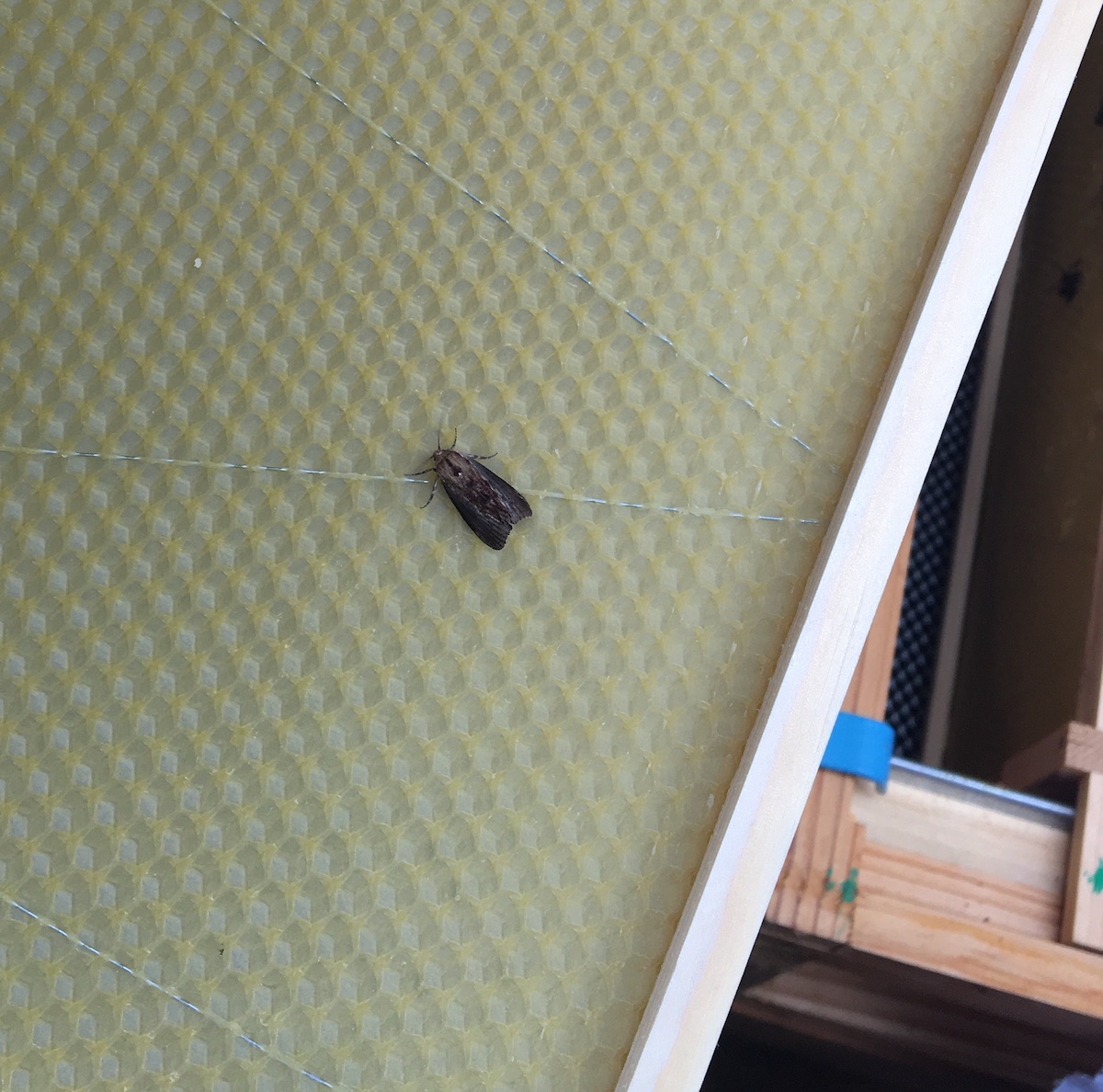Anthony.
New Bee
Hi All,
Firstly thank you in advance for any advice you guys give!
We currently have 3 colonies:
a.) Overwintered currently on brood and a half and 2 x supers.
b.) Colony in a brood and today added a super.
c.) A nuc purchased this year but already on brood and a half and 2 x supers.
In both colony B and C we have spotted mold at points (on the crown board) and have spotted probably 3 moths in each hive across 2-3 weeks. We havent seen any damage at all or any traces at all in the colonies purely just moths and mold.
Given a strongest hive seems to be the best cure we added entrance blocks back in and slowed down adding additional space so they could effectively fight off any pests. However even today we spotted a moth in colony C which has been on a brood only (and a super for feeding).
All the literature i read suggests what to do after youve lost a colony to wax moth or if you want to store honey... nothing on during.
I will upload some photos of the moth but any advice on how best to keep them back would be greatly appreciated!

Firstly thank you in advance for any advice you guys give!
We currently have 3 colonies:
a.) Overwintered currently on brood and a half and 2 x supers.
b.) Colony in a brood and today added a super.
c.) A nuc purchased this year but already on brood and a half and 2 x supers.
In both colony B and C we have spotted mold at points (on the crown board) and have spotted probably 3 moths in each hive across 2-3 weeks. We havent seen any damage at all or any traces at all in the colonies purely just moths and mold.
Given a strongest hive seems to be the best cure we added entrance blocks back in and slowed down adding additional space so they could effectively fight off any pests. However even today we spotted a moth in colony C which has been on a brood only (and a super for feeding).
All the literature i read suggests what to do after youve lost a colony to wax moth or if you want to store honey... nothing on during.
I will upload some photos of the moth but any advice on how best to keep them back would be greatly appreciated!




